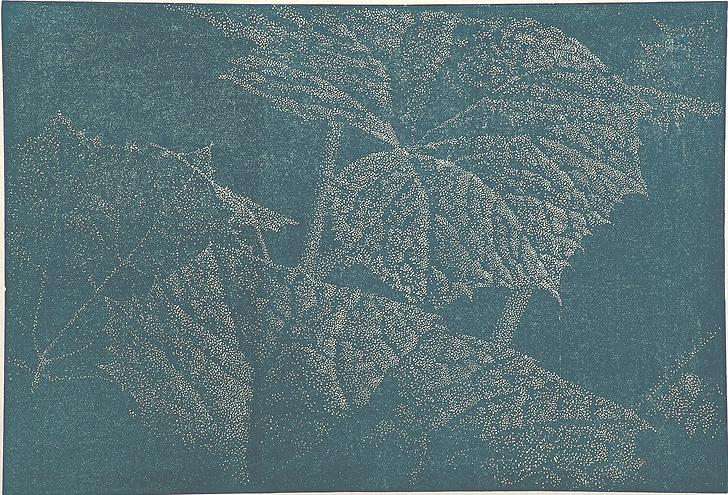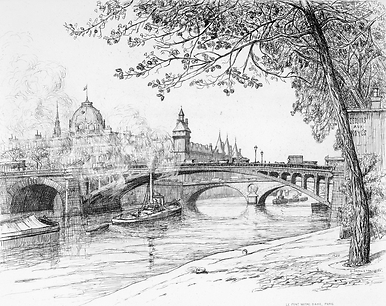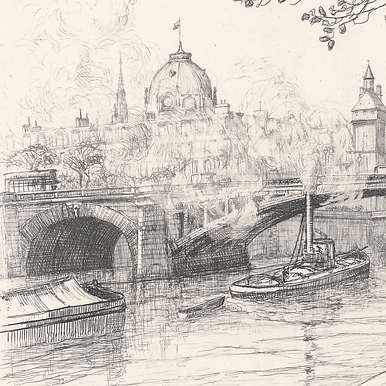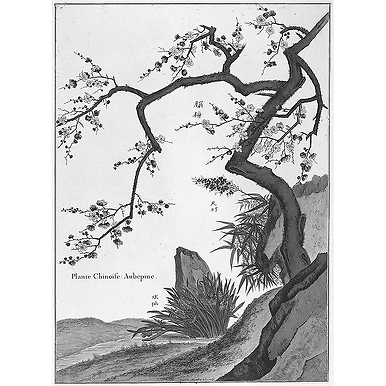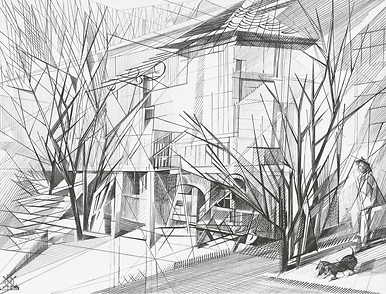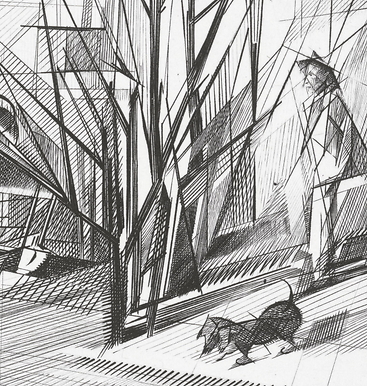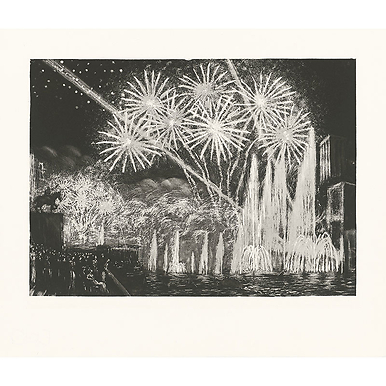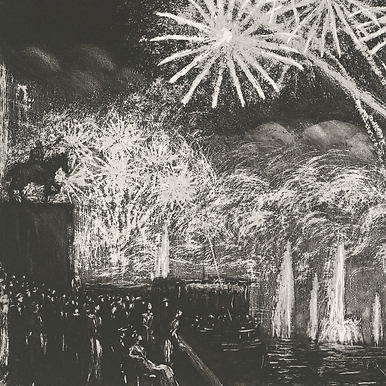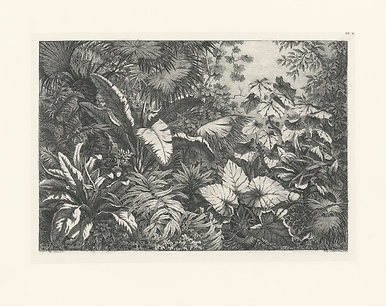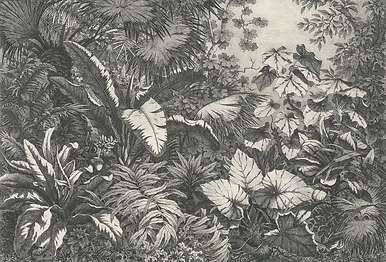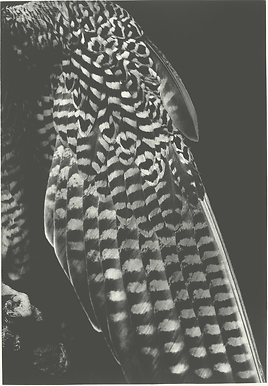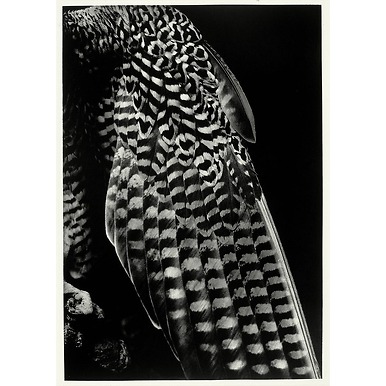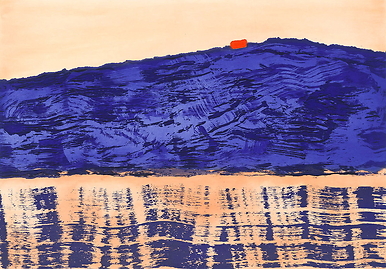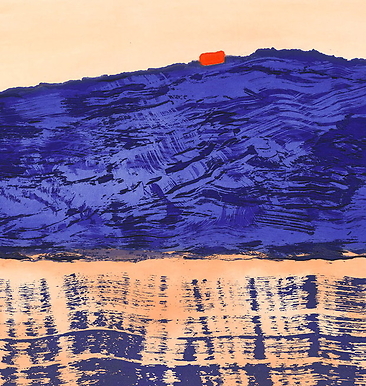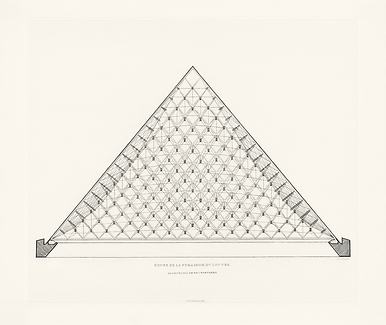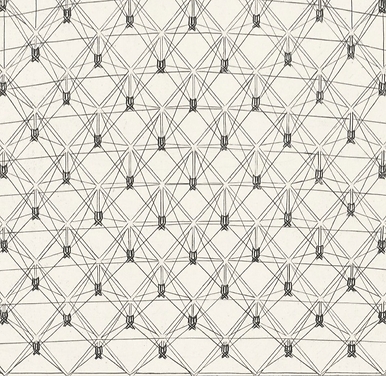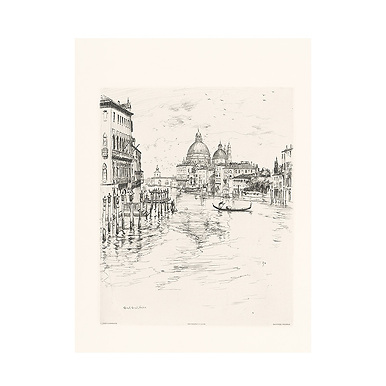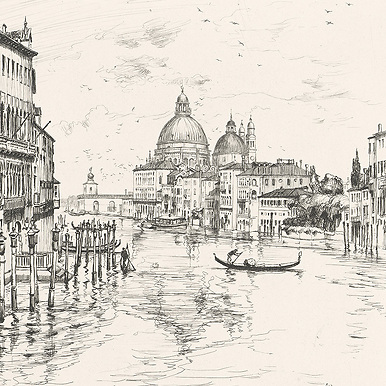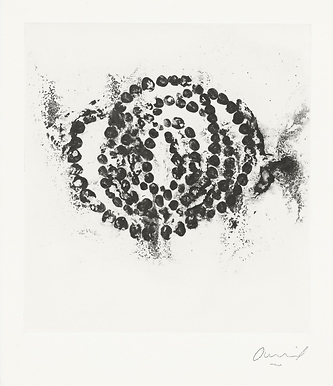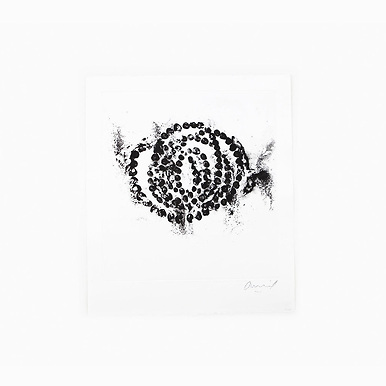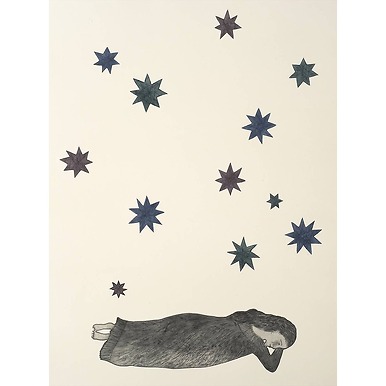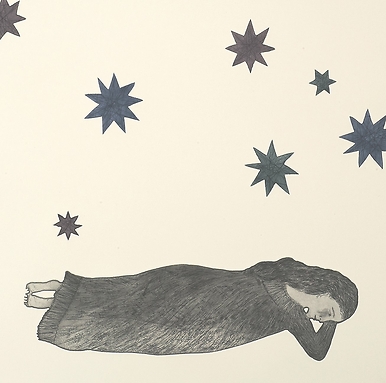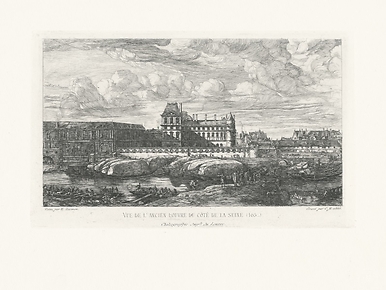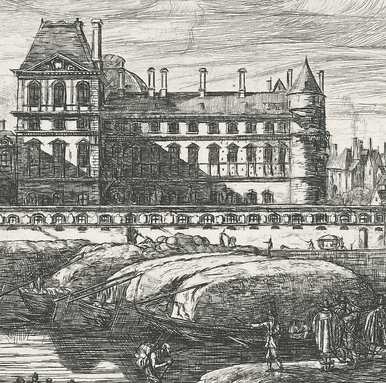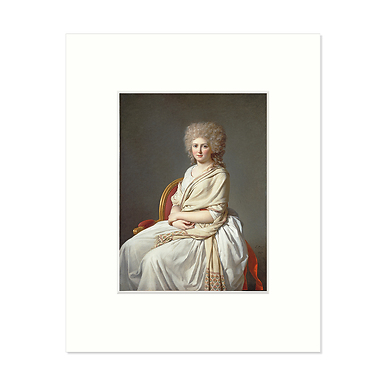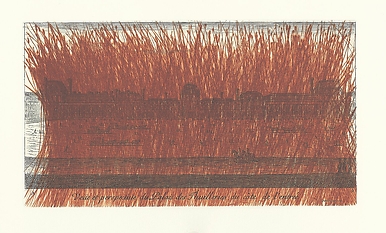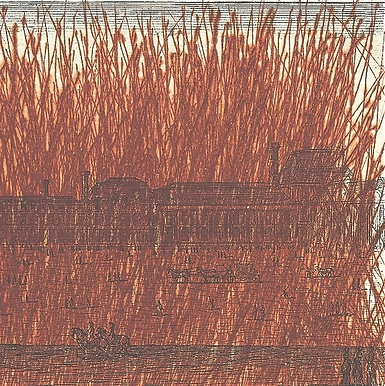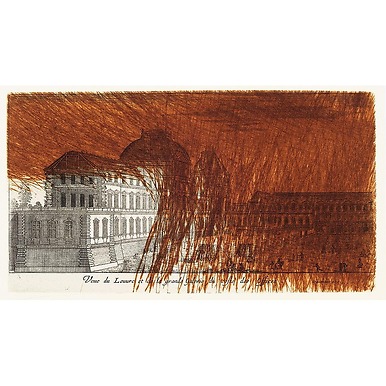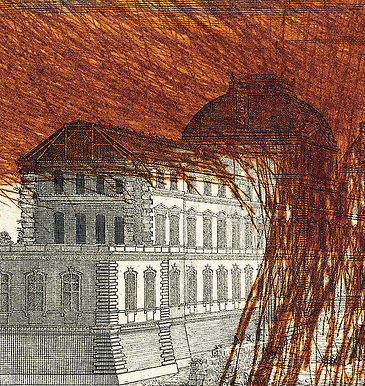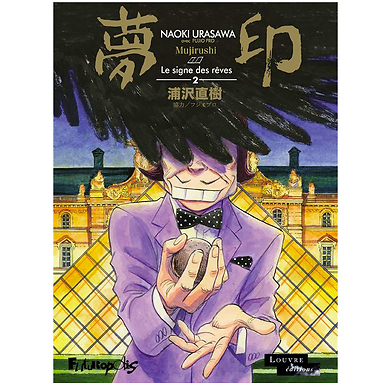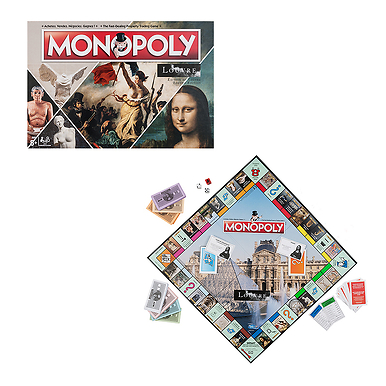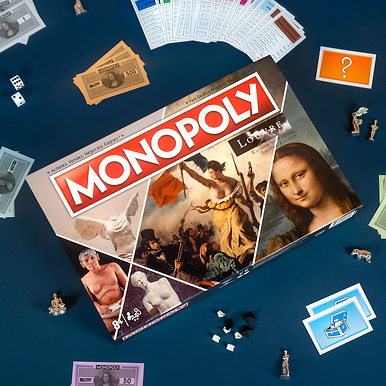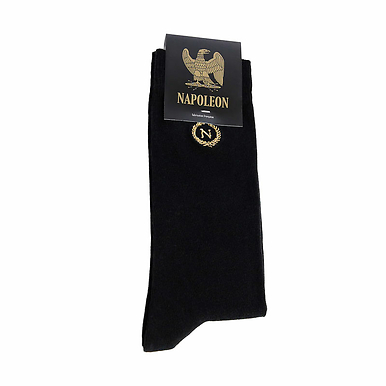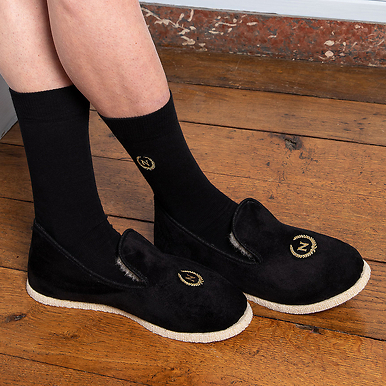Engraving Pestwurz III (Pétasite III) - Franz Gertsch 2002
KM011304
Since 1989, the Musée du Louvre and the Réunion des Musées Nationaux have commissioned contemporary artists to create engraved plates for La Chalcographie, which is responsible for the exclusive print run, with no limit on the number of proofs. Very different trends in contemporary art are represented...
Read more
Since 1989, the Musée du Louvre and the Réunion des Musées Nationaux have commissioned contemporary artists to create engraved plates for La Chalcographie, which is responsible for the exclusive print run, with no limit on the number of proofs. Very different trends in contemporary art are represented. Geneviève Asse rubs shoulders with Georg Baselitz, Pierre Courtin, Jean-Pierre Pincemin, Pat Steir, Jean-Michel Alberola, Robert Morris, Louise Bourgeois, Markus Raetz, Pierre Alechinsky and Agathe May.
Franz Gertsch's paintings, executed from photographs, play with scale and reproduce only certain details, to modify and counteract the effects of realism. Gertsch's woodcuts, which are generally very large in format, follow the same artistic logic. He uses the "criblé" technique, in which a gouge is used to prick the matrix with tiny dots, recreating the form without contour lines or shadows. This coding of the image, similar to an underlying but perfectly visible weft, serves to confuse and distance the subject represented. Perstwurz III is one of a series of engravings depicting enlarged butterbur leaves. The plant's name derives from the analogy between the shape of its leaves and the petasus, the flared-brimmed hat worn by Mercury. While the woodcut technique achieves a very delicate effect, the focus on the leaf evokes the way these perennial plants can prove invasive in damp environments.
Close
Sold by GrandPalaisRmn

